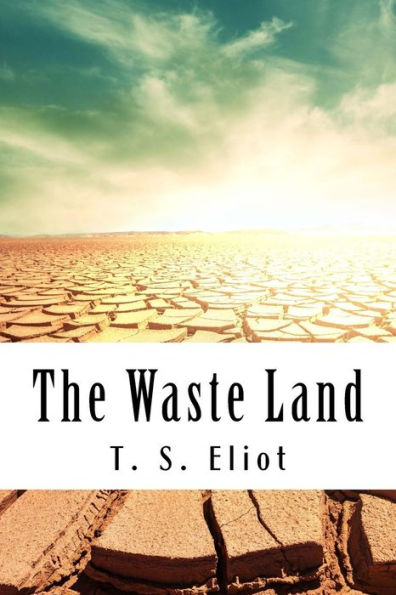The text of Eliot's 1922 masterpiece is accompanied by thorough explanatory annotations as well as by Eliot's own knotty notes, some of which require annotation themselves. For ease of reading, this Norton Critical Edition presents
The Waste Landas it first appeared in the American edition (Boni & Liveright), with Eliot's notes at the end.
Contexts provides readers with invaluable materials on
The Waste Land's sources, composition, and publication history.
Criticism traces the poem's reception with twenty-five reviews and essays, from first reactions through the end of the twentieth century. Included are reviews published in the
Times Literary Supplement, along with selections by Virginia Woolf, Gilbert Seldes, Edmund Wilson, Elinor Wylie, Conrad Aiken, Charles Powell, Gorham Munson, Malcolm Cowley, Ralph Ellison, John Crowe Ransom, I. A. Richards, F. R. Leavis, Cleanth Brooks, Delmore Schwartz, Denis Donoghue, Robert Langbaum, Marianne Thormählen, A. D. Moody, Ronald Bush, Maud Ellman, Christine Froula, and Tim Armstrong. A Chronology and Selected Bibliography are included.
About the Series: No other series of classic texts equals the caliber of the
Norton Critical Editions. Each volume combines the most authoritative text available with the comprehenive pedagogical apparatus necessary to appreciate the work fully. Careful editing, first-rate translation, and thorough explanatory annotations allow each text to meet the highest literary standards while remaining accessible to students. Each edition is printed on acid-free paper and every text in the series remains in print. Norton Critical Editions are the choice for excellence in scholarship for students at more than 2,000 universities worldwide.
Author Biography: Michael North is Professor of English at the University of California, Los Angeles. He is the author of The Dialect of Modernism: Race, Language, and Twentieth-Century Literature, The Final Sculpture: Public Monuments and Modern Poets, Reading 1922: A Return to the Scene of the Modern, The Political Aesthetic of Yeats, Eliot, and Pound, and Henry Green and the Writing of His Generation, as well as many articles on various aspects of twentieth-century literature.



